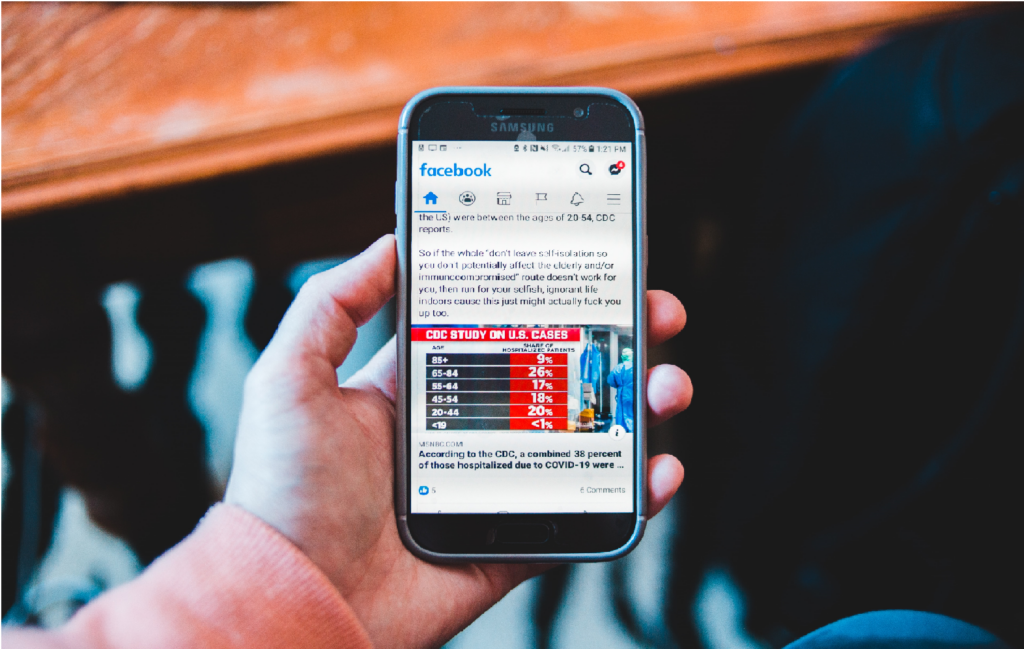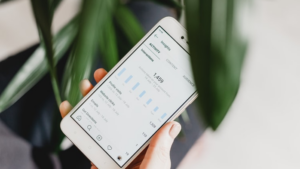How to communicate on social media during a pandemic crisis?
While the world is currently facing the unprecedented COVID-19 situation, social media are being even more used around the globe since many countries chose self-isolating and social distancing. Users want to stay in touch with friends and family, keep being informed and entertained.
As a company, are you supposed to respond or stay silent? What is good to say and what is not? These can be tough questions for companies during these uncertain times. So here are some tips on how brands should communicate through a global pandemic.

Pause everything you had planned before the COVID-19 crisis
With a large part of the globe staying at home and being isolated, social media are the perfect distraction and allow quick access to the latest information. Communicating as if nothing had happened is a mistake. So you want to make sure that your digital communication and marketing stay appropriate and relevant.
The first step is to deactivate all your scheduled posts. As you already probably know, proofreading is key. Over the coming weeks – or months -, rethink your posts and make sure the content of your publications and articles is not tone-deaf in this COVID-19 context.
For instance, avoid talking about family gatherings or travelling abroad. Instead, suggest to your users to get in touch with their relatives on video chat platforms, or provide ideas for new activities. As far as pictures are concerned, be careful with your what you choose and favor pictures taken indoors.
The situation is evolving very fast. Even a publication planned for the next week can suddenly become irrelevant. You should also be careful when replying to comments. Keep an eye on the news and maybe stop wasting time on programming your posts for now.
Do not say anything you are not sure of. However, remember that people are looking for some information to keep themselves updated. What you can do is to refer to the right sources and always double check what you are about to say.
Facebook set up a COVID-19 information center that appears at the top of the home page. It allows you to read all the latest accurate information – from governments and health organizations for example. Equivalents also exist on Facebook Messenger and Twitter. You can rely on such things to avoid fake news.
Keep your customers at the core of your digital communication
The worst thing to do would probably be to turn this pandemic into a way to capitalize on. This is not an opportunity for a big self-promotion. It is an occasion to humanize your brand, by prioritizing the relationship with your customers.
The immediate needs of your consumers have changed. They need to be reassured, informed and entertained. If you want to launch something, revise your campaign to find the right approach. Publicly acknowledging that is it a weird time to promote a product is not a bad thing.
Your brand’s role in the pandemic
Reflect on the role you can play during this crisis. Communicate the answers to questions that your customers might have, even if it is basic things like new opening hours and policies.
A lot of companies offer services or price cuts to improve the quarantine daily life of the populations. For example, Adidas and Nike provide free fitness programs on their apps to keep people active during quarantine.
You can spread positivity but remember to adapt your tone: be careful with humor and make sure to display empathy. Maybe some of your customers have lost their jobs, or are afraid for a loved one.
Be prepared for changing customer needs. If you have an online shop, you obviously noticed that the demand has increased. You should thus inform customers right away on your social media about your activity. Do you still make deliveries? Are there delays? Also make sure to update the products availability and to tag them on your pictures.
If your business is closed, communicate on your values and stay in touch with your followers so that they are likely to come back to you after the crisis. For example, a restaurant could post recipes. Make donations if you can and ask your customers what they would like to see. Showing vulnerability is not a bad thing.
Innovate the content you share on social media

It is true that this context has caused some change on social media such as an increased usage of Instagram Live, Facebook Live and video chat platforms like Zoom or Houseparty. Thus, on Twitter #Coronavirus has become the second most used hashtag of 2020.
Moreover, Kantar conducted a survey of over 25,000 people in 30 different markets between the 14th and 23rd of March which revealed the impact of the pandemic on the users’ media consumption:
- 40% increase in the usage of WhatsApp, Facebook and Instagram among under-35s
- More than 4M downloads of TikTok in only a week
Why not create a TikTok account? You will see that you can get many views even with only a few followers.
Time for some novelties: Instagram now offers the possibility to share pictures during video calls and news stickers to use in your stories. The same happened on Snapchat with new filters.
Innovate on your digital communication
Adapt your digital communication to the users’ new habits. People at home tend to watch more videos than before. You should give a try to this type of content that performs well on the explore page of Instagram. By the way, all types of videos work: stories, live, IGTV, you name it.
If you had some events planned, try and digitalize them by doing a live on YouTube or interviews through Skype or Facetime for example.
In order to stay connected while reinforcing your relationship with your followers, you can share user-generated content and it is a great time to run influencers campaigns. Indeed, it can earn you visibility when many people have an ad-blocker installed on their computer and their interactions are booming right now.
In short, be creative and focus on engagement instead of traffic. Take care of yourself!
Article written by Déborah Gaillard, CAWEB Masters





